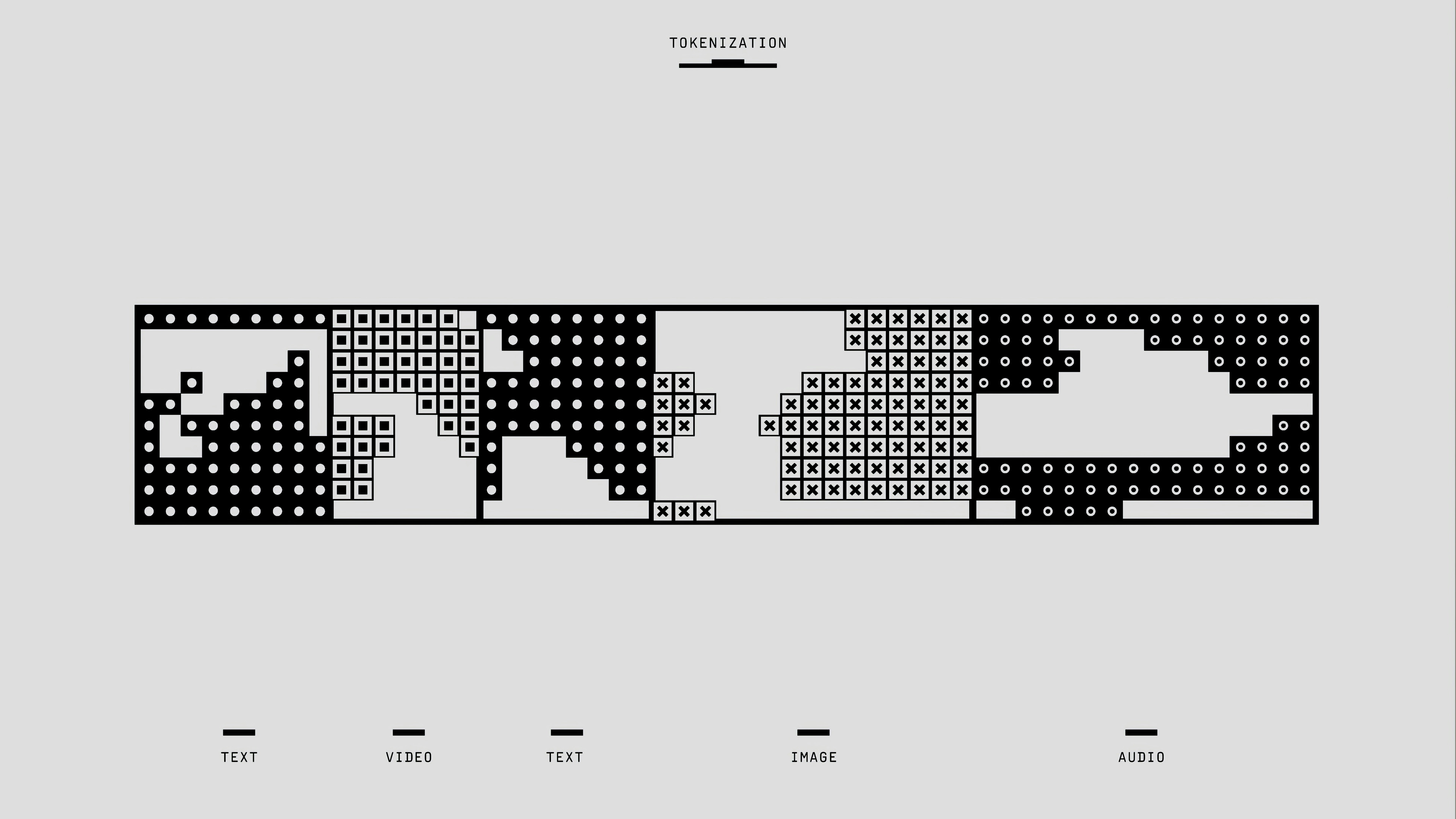The semiconductor industry is the backbone of modern technology, underpinning everything from smartphones and cloud servers to automotive electronics and advanced robotics. Over decades, semiconductor manufacturing has followed Moore’s Law, consistently increasing transistor density while reducing cost. Yet as we approach sub-nanometre scales, conventional semiconductor techniques face monumental challenges in design, fabrication, and materials science. Coupled with soaring demand for more powerful and energy-efficient chips, the industry must explore breakthroughs beyond classical approaches.
Enter quantum computing—a frontier technology harnessing the strange properties of quantum mechanics to perform certain computations at potentially exponential speed-ups. Paired with Artificial Intelligence (AI), quantum hardware might expedite complex tasks like design-space exploration, lithography simulation, advanced testing, and yield optimisation. If harnessed effectively, quantum-enhanced AI could help transcend the current limits of chip performance and open new architectural paradigms for next-gen electronics.
In this article, we will:
Examine the current state of the semiconductor industry, including why classical methods are hitting bottlenecks.
Introduce quantum computing fundamentals—why qubits differ from bits and how they could boost AI.
Explore how quantum-enhanced AI can address semiconductor challenges, from chip design to supply chain optimisation.
Highlight real-world pilot projects, potential near-term successes, and the main hurdles (like noisy quantum hardware).
Discuss the emerging career paths and skill sets that will be crucial for professionals aiming to stand out in an era of quantum-driven semiconductor innovation.
Whether you’re a semiconductor engineer, a data scientist in chip R&D, or simply curious about the intersection of hardware and quantum technologies, read on. Quantum-enhanced AI might reshape every aspect of semiconductor design, fabrication, and testing, propelling electronics into uncharted territory.
The semiconductor industry is the backbone of modern technology, underpinning everything from smartphones and cloud servers to automotive electronics and advanced robotics. Over decades, semiconductor manufacturing has followed Moore’s Law, consistently increasing transistor density while reducing cost. Yet as we approach sub-nanometre scales, conventional semiconductor techniques face monumental challenges in design, fabrication, and materials science. Coupled with soaring demand for more powerful and energy-efficient chips, the industry must explore breakthroughs beyond classical approaches.
Enter quantum computing—a frontier technology harnessing the strange properties of quantum mechanics to perform certain computations at potentially exponential speed-ups. Paired with Artificial Intelligence (AI), quantum hardware might expedite complex tasks like design-space exploration, lithography simulation, advanced testing, and yield optimisation. If harnessed effectively, quantum-enhanced AI could help transcend the current limits of chip performance and open new architectural paradigms for next-gen electronics.
In this article, we will:
Examine the current state of the semiconductor industry, including why classical methods are hitting bottlenecks.
Introduce quantum computing fundamentals—why qubits differ from bits and how they could boost AI.
Explore how quantum-enhanced AI can address semiconductor challenges, from chip design to supply chain optimisation.
Highlight real-world pilot projects, potential near-term successes, and the main hurdles (like noisy quantum hardware).
Discuss the emerging career paths and skill sets that will be crucial for professionals aiming to stand out in an era of quantum-driven semiconductor innovation.
Whether you’re a semiconductor engineer, a data scientist in chip R&D, or simply curious about the intersection of hardware and quantum technologies, read on. Quantum-enhanced AI might reshape every aspect of semiconductor design, fabrication, and testing, propelling electronics into uncharted territory.


